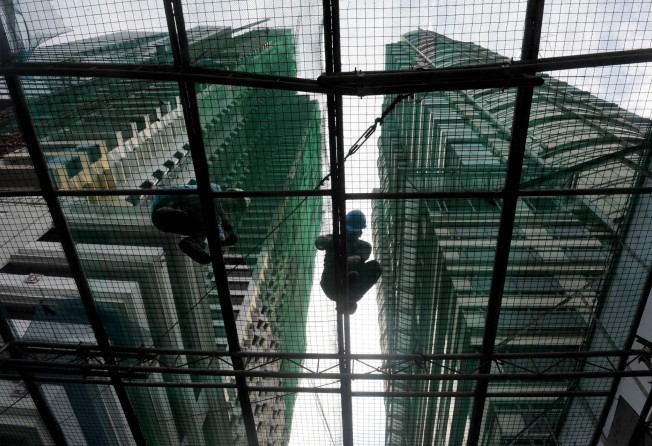Philippines matches China for growth
Expansion recorded at 7.5 per cent in the second quarter with strong fundamentals and domestic spending shielding it from outflow of funds

The Philippine economy expanded robustly in the second quarter of the year, matching China's pace as the two fastest growing in Asia, with strong fundamentals and domestic spending protecting the country from the region's fund outflows.
The solid pace of growth lifted the peso from near three-year lows and will help the Philippines keep its favoured status among investors amid further market volatility.
The Philippines has overtaken other emerging economies such as Indonesia as a safer investment bet because of prudent management of fiscal and monetary policy.
Asian states such as Indonesia, Thailand and Malaysia had used easy credit to fund investments and consumption but now have large current account deficits
The Philippines secured investment grade status from ratings agencies this year. The economy expanded an annual 7.5 per cent in the second quarter, above the 7.3 per cent market estimate, but down slightly from a revised 7.7 per cent in the first three months of the year.
It grew by 1.4 per cent quarter on quarter, the slowest pace in a year.
"The growth came mainly from consumer and public spending, buttressed by increased investments in fixed capital," Jose Ramon Albert, secretary general of the National Statistical Co-ordination Board, said, adding that the services sector and manufacturing and construction industries also pushed up growth.
Socioeconomic Planning Secretary Arsenio Balisacan told a media briefing yesterday that the economy was on course to outperform the government's gross domestic growth target of 6 to 7 per cent this year.
He also said the country's strong fundamentals would allow it to manage risks from market volatility and global headwinds.
The Southeast Asian country has sustained annual growth of above 7 per cent for four quarters in a row.
Like many of its neighbours in Southeast Asia, the Philippines has not been immune to the global downturn or fund outflows as the US Federal Reserve mulls winding down monetary stimulus.
The peso is down nearly 8 per cent this year and exports and imports fell more than 4 per cent in the first half of the year.
But with a tenth of the Philippines' 97 million population abroad and sending an average of US$1.7 billion in remittances every month, domestic demand in the country has remained solid, helping to cushion the economy from slumping trade.
Higher government expenditures and spending related to elections in May also boosted domestic consumption, economists said, while manageable inflation allowed policymakers to keep interest rates at record low levels, supporting growth.
Public construction jumped 31 per cent in the second quarter, lower than the previous quarter's 45.6 per cent annual gain.